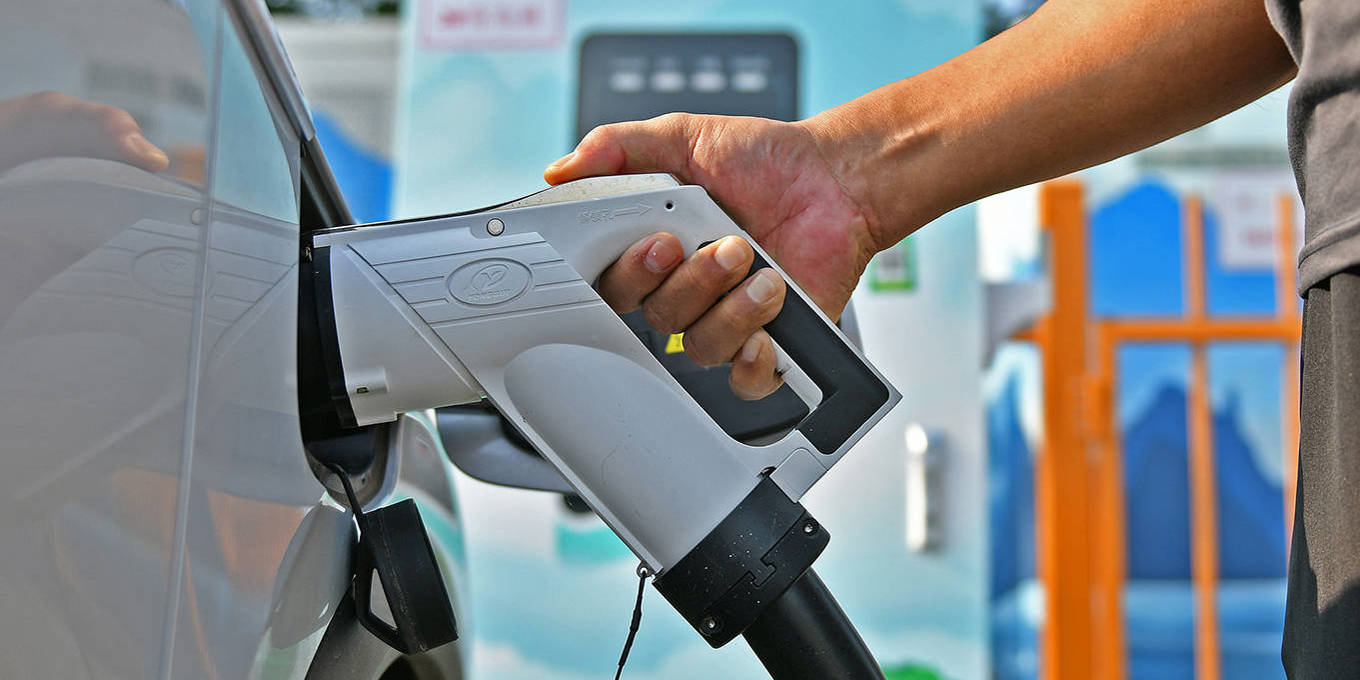Copyright Project Syndicate

NEW DELHI – Discussions about climate finance often focus on the most vulnerable countries, such as small island developing states – and for good reason. But the nine major emerging-market economies (EMEs) – Argentina, Brazil, China, India, Indonesia, Mexico, Russia, South Africa, and Turkey – also have significant climate-finance needs, which must be met if the world is to have any chance of achieving its climate goals. Nowhere are those needs larger than in China. This is a key finding of our new study, which examined the climate-finance needs for the four highest-emitting sectors (power, steel, cement, and road transport) in the nine major EMEs for the period 2022-30. We estimate that China’s climate-finance requirements for these sectors amount to some $1.3 trillion – 61% of the total climate finance required by all nine EMEs ($2.2 trillion) – implying an annual average of $155 billion. The steel sector has the highest need (55% of the total), followed by road transport (25%), cement (16%), and power (4%). Start with steel. In 2022, China accounted for 77% of carbon dioxide emissions from steel production in the nine EMEs. We expect this share to decline to 66% by 2030, as slowing economic growth, falling investment in new infrastructure projects, and declining downstream demand cause China’s annual steel output to drop from 1,020 million tons to 910 million tons. Nonetheless, because of the production method used, the carbon intensity of China’s steel industry is particularly high – 1.8 tons emitted per ton of steel produced. Completely decarbonizing the sector will cost China $733 billion, or $80 billion per year until 2030. That is 65% of the total finance needed to decarbonize the steel sectors of all nine major EMEs. The story is similar in the cement sector. China’s share of total emissions (across the nine EMEs) stood at 70% in 2022, but it is likely to fall to 52% by 2030, as cement production declines from 2,100 million tons to 1,475 million tons. The reason for this decline is simple: 67% of China’s population has already been 67% urbanized, and the country has largely completed its high-speed rail and road networks, so construction activity is likely to slow in the coming years. But decarbonizing this sector will not be cheap: $453 billion across the nine economies in 2022-30, with China accounting for 48% of the total. Like steel, cement is a hard-to-abate sector, where investment in technological solutions for mitigating emissions has not yet led to a significant reduction in costs. Decarbonizing both industries, in China and elsewhere, will thus depend significantly on the large-scale deployment of carbon capture and storage technology – a costly proposition. Increased investment in relevant research and development is crucial. As for road transport, China is well on its way toward an electric future. The country is responsible for about 70% of all electric vehicles produced globally each year, and in 2022, it accounted for 97% of all EV sales across the nine EMEs – a figure that should decline somewhat, to 73%, by 2030. The share of EVs in China is projected to rise to 63% (45 million units) in 2030, despite a projected decline in overall vehicle sales to 72 million units, compared to 85 million in 2022. But completing the transition from internal-combustion-engine vehicles to EVs will still require significant capital expenditure. Developing the necessary charging infrastructure alone will cost $460 billion across all nine countries, with China accounting for a whopping 97% ($446 billion) of the total. This largely reflects the fact that China is developing mainly high-speed charging stations, which cost about seven times more than conventional chargers. Finally, there is the power sector, which, perhaps counter-intuitively, will not require huge amounts of climate finance. Here, too, China is already on the right track. While its total installed energy capacity is projected to increase from about 2,800 gigawatts in 2023 to 4,800 GW by 2030, fossil fuels’ share in that capacity should fall from about 45% in 2023 to 35% by 2030, thanks to the rapid expansion of solar and wind energy. As for cost, China should be able to decarbonize its power sector for about $55 billion in 2024-30, or $8 billion per year, including investments in generation and storage. The total decarbonization-finance requirement for all nine major EMEs over that period should amount to roughly $150 billion.



